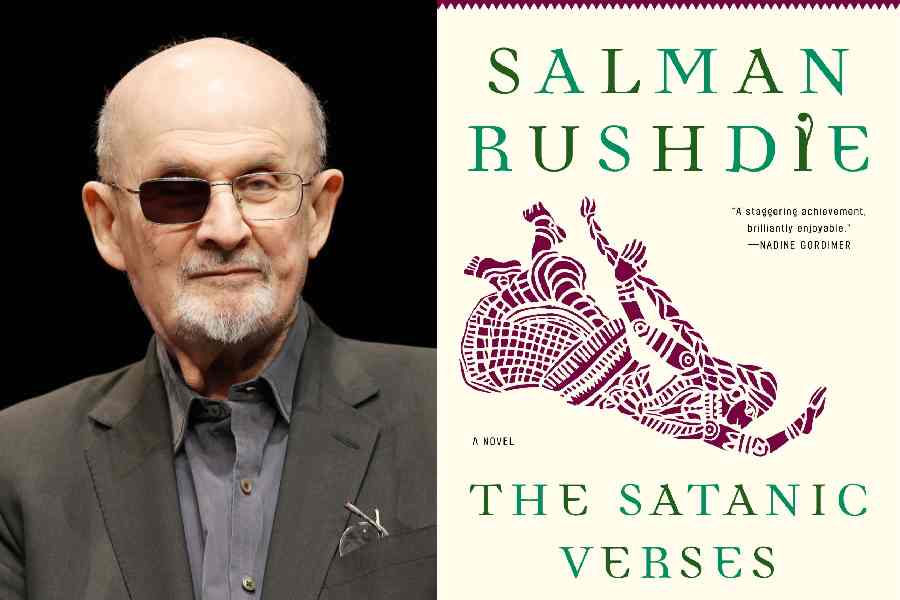Is a deeper wallet a guarantee for success in the world of cricket? Most of the team managements in the Indian Premier League seem to agree with this principle. Little wonder then that they find themselves with lighter purses at the end of every auction. Recently, during the mini-auction of IPL players, Punjab Kings splurged an astounding sum of Rs 18.50 crore on Sam Curran, making the English all-rounder the most expensive player in the history of the IPL. The wise men who run the Punjab Kings were only following the script: the IPL is replete with instances of talented individual cricketers being showered with riches. Indeed, in a manner of speaking, the league continues to be the officiating priest at the wedding between cricket and commerce.
Yet, team managements participating in this popular tournament would do well to pause before pulling their purse strings. This is because data suggest that big bucks do not necessarily bring the trophy home. The auctions’ most expensive player — not the icons or those retained by teams — has only been able to win the league on one occasion for his team: the Mumbai Indians bagged the trophy in 2013 after dishing out a million for Glenn Maxwell. The list of failures, on the other hand, is much longer. Under M.S. Dhoni, the most expensive player in the inaugural chapter of the tournament, the Chennai Super Kings came second best. Mr Dhoni’s successors — Kevin Pietersen and Andrew Flintoff who had cost even more than the former — failed to deliver the cup to their respective teams. Similarly, the Kolkata Knight Riders, Calcutta’s favourite team, burnt its fingers after spending a fortune on Gautam Gambhir in 2011. Merit must be rewarded. But it must also be remembered that cricket is a team sport. Consequently, individual talent is likely to be humbled by collective effort on most occasions. The data, too, underscore the supremacy of team effort over individual brilliance. There is then a case for the league’s contenders to spend their money judiciously. Picking up eleven talented players, instead of putting all the money — literally and figuratively — on one bright star is a better guarantor of glory. The Board of Control of Cricket in India has a graded pay structure in place when it comes to remunerating its players. Could that be a template for the IPL too, with the slabs indicative of a wider — democratic — pooling of merit?











